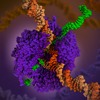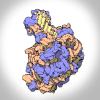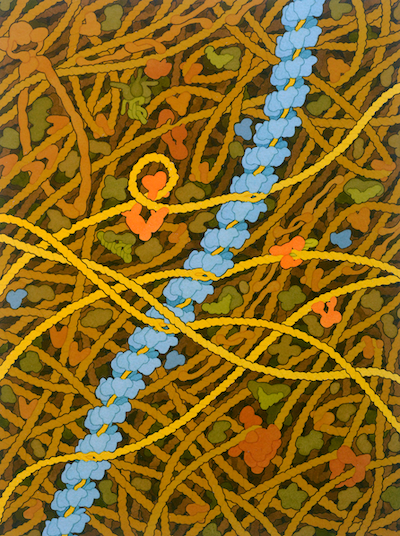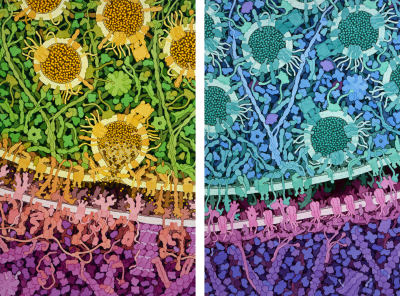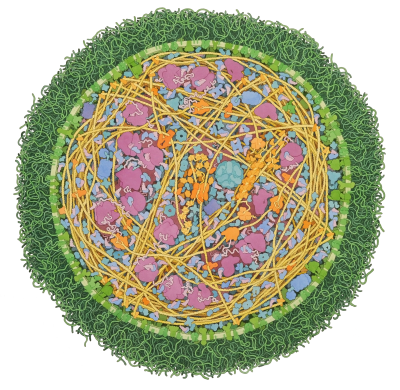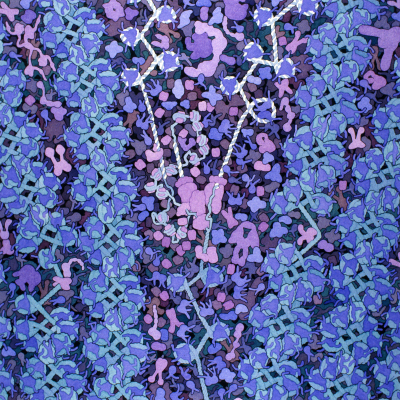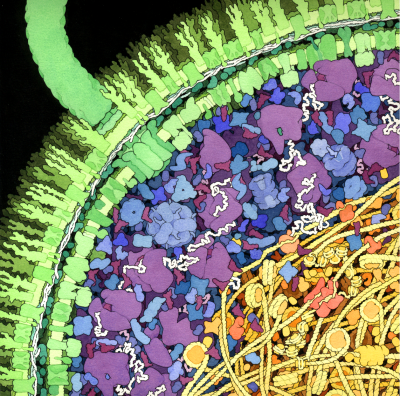Nucleic Acids
storing genetic information and more
DNA and RNA are the cell’s way of storing and deploying genetic information. Structural biology is revealing that some nucleic acids also fold to form complex molecular machines. Guided by these structures, nanotech scientists are building new machines composed of nucleic acid.























